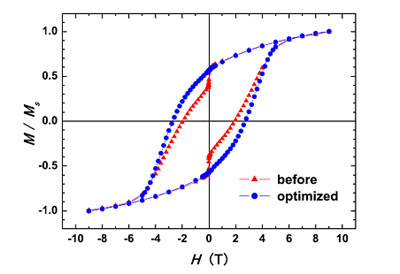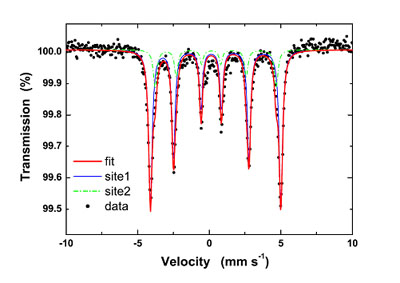Iron-Platinum (FePt) nanoparticles have been expected as a promising candidate for the future recording media with ultra-high densities beyond 1 Tbit/inch2, as the FePt alloy with the L10 structure possesses high enough magnetic anisotropy to suppress super-paramagnetic fluctuation down to a particle size of about 3 nm. Recently, we have obtained the L10-FePt nanoparticles by developing a new synthetic “SiO2-nanoreactor” method. However, the annealing condition in this method still suffered from the presence of the unconverted fcc-FePt nanoparticles that are super-paramagnetic at room temperature. For the practical applications in the magnetic recording media, it is highly desired that all nanoparticles possess well-ordered L10 structure. We have optimized the annealing condition and successfully achieved the well-ordered L10-FePt nanoparticles. The resultant room-temperature coercivity reaches an extremely large value of 28 kOe in spite of the very small particle size of 6.7 nm in diameter (Figure 1). Microscopic characterization by the Mossbauer spectroscopy proved that the synthesized L10-FePt nanoparticles have magnetic moments comparable to that of the bulk state even at the particle surface (Figure 2).

Fig1:Hysteresis loops at 300 K of the FePt nanoparticles treated in the conventional and newly optimized annealing methods.

Fig2:Mossbauer spectrum of the FePt nanoparticles treated in the optimized annealing method.
"Well-ordered L10-FePt Nanoparticles Synthesized by Improved SiO2-Nanoreactor Method"
by Y. Tamada, S. Yamamoto, M. Takano, S. Nasu, and T. Ono
Appl. Phys. Lett, 90, 162509 (2007).

